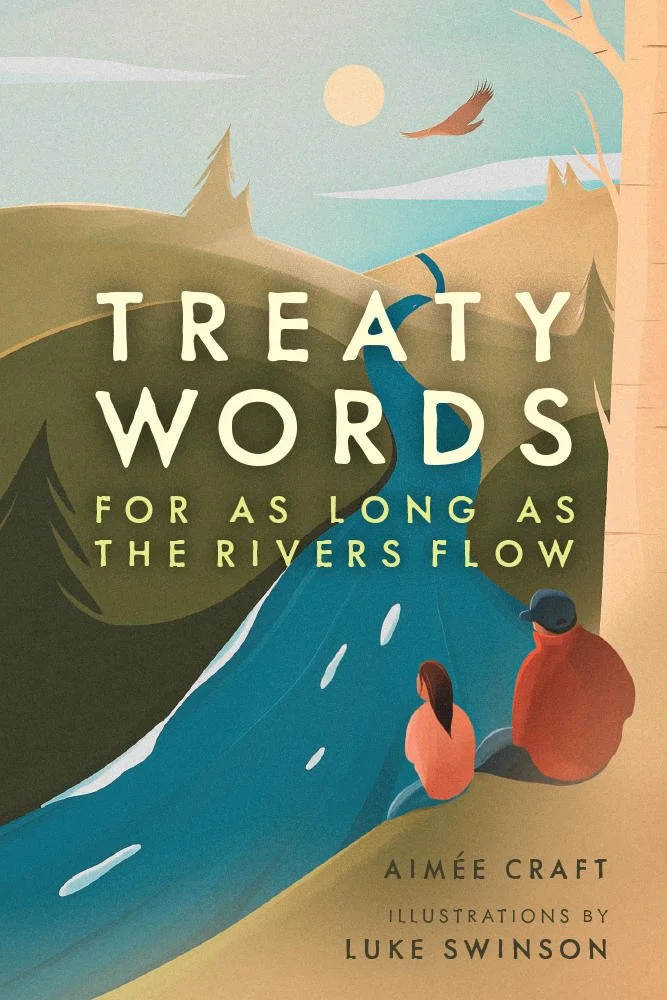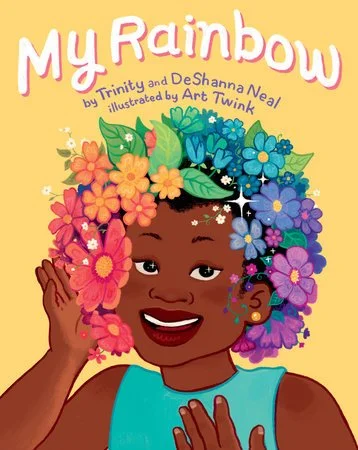Three Books on Connection and Community
Hi all,
I hope people are hanging in during what seems to me a window of opportunity in the midst of an ongoing challenging time. With the ensaddening (not a word) news cycle, I’ve been looking to combat my despair with action. I personally feel inspired by the little free diverse library project: https://www.instagram.com/littlefreediverselibrariesott/?hl=en. We are working together to getting and filling some of these around Ottawa, where I live. If anyone on this list knows anyone or would themselves be interested in being a steward for a little free diverse library, I’d love to try to make that happen. It would be especially great in neighbourhoods that don’t have enough little free libraries or which are underserved by the public library system.
In my other life, I work in a field called Feminist Loneliness Studies, and I’m interested in books that suggest antidotes – connection and community. With that in mind, here are 3 books that celebrate connection, community and the intergenerational transmissions of world-changing knowledge.
Treaty Words: For As Long as the Rivers Flow
In this beautiful ode to what Joshua Whitehead has called “fierce listening” and connection, Anishnaabe/Métis artist and lawyer Aimée Craft and Anishnaabe illustrator Luke Swinson chronicle the gentle relationship between a girl and her Mishomis and his teachings. These include the reminder to listen to what is going on all around us, from the “most pronounced bird calls to the subtle sound of tiny insects crawling”. They talk quietly about all that Mishomis has seen during his time, the baby moose born and the rabbits snared, and they listen together to the rich sounds of Creation all around them. Reminding us that treaties are relationships, they are not the empty promises successive governments make about healing the wounds of settler colonialism, Treaty Words gently and beautifully illustrates a new way of imagining ourselves out of the trap of this devastating system. This book teaches us how to teach our children that treaties predate the legal system, and that respect is their foundation. That is, treaties are “the basis of all relationships,” people and animals, the ice and the sun, listening and living together and witnessing the ways that creation goes on being all around us”. This beautiful love letter and ode to a different future together is hopeful and uplifting. As Audra Simpson reminds us, settler colonialism is intent on killing off alternative imaginaries to the barren future of what bell hooks would call white supremacist capitalist patriarchy. Here we have a beautifully illustrated, fully realized alternative, let it inspire us into a different future.
My Rainbow
I found this book as a result of the life-changing book club little feminist (https://littlefeminist.com/), with thanks to my amazing colleague Manjeet Birk at Carleton for introducing me to this goldmine and to my bff Katie Bausch for introducing me to Manjeet! My Rainbow features the incredibly courageous mother and daughter duo DeShanna Neal and Trinity Neal, who have tirelessly fought for Trinity Neal’s right to be herself, an out and proud trans girl who, just like one of my sons, also is neurodiverse. This book is so resonant, it starts out with Trinity stroking her pet pig’s long mane and enjoying sparkly things, since she loves sensory feelings. As she plays with her dolls, staring at “its long, curly hair and beautiful dark skin” she becomes aware of a conundrum. She is a trans girl, and as a trans girl she wants long hair to highlight her femininity (unlike her short-haired mother) but the long curls irritate her neck and activate her sensory issues. Her family wonders together how to combat these struggles, and I love so much the way they frame it “Trinity’s gender was part of what made her a masterpiece, just like her autism and her Black skin.” And yet, her mom recognizes the complex truth: “People don’t care if cisgender girls like [me] have short hair. But it’s different for transgender girls.” Knowing that “Trinity knew herself best of all,” and thus if she says she needs long hair, she “NEEDED long hair!” her family sets out to make it happen. Her mother stays up all night sewing a beautiful rainbow wig for Trinity. The beautiful illustrations by non-binary artist Art Twink are so joyous. This book is a celebration of what family can be – and reminds me of my own beloved mother and stepmother – the kind of parents who support their children into growing into who they are meant to be.
Chik Chak Shabbat
In another exploration of how we can continue to support one another through interdependence, I offer up Chik Chak Shabbat. I’m Jewish, and I’m not a Zionist, and most of the books on Judaism I have found thus far don’t speak to me. Either they don’t show families like mine, or they offer up more rigid understandings of holidays, or they feature Israel in ways I find unbearable. I think Chik Chak Shabbat might have been what inspired me to start lighting the candles Friday nights. It follows a group of neighbours who all live in the same apartment building. A community based around residence, they are from all walks of life: Tommy Santiago loves to play his tuba, Signora Bellagalli dusts her teacups, and the very queer-seeming Mr. Moon works on his romance novel. On Friday nights, a delicious smell comes from Goldie’s apartment on the 5th floor, she is making cholent – and every Friday night, all the neighbours are invited to dine. Goldie remembers helping her grandmother get ready for Shabbat – cleaning and cooking – so that they might set aside “the things that kept us busy all week along” – spending time together in a special way – “together.” As Goldie says, “I don’t celebrate Shabbat exactly as my grandmother did,” but, the cholent is a way of connect her to her grandmother. I love the flexibility of this book’s approach to Shabbat – that there are many ways to celebrate. One Friday evening, something is wrong. Mr. Moon’s put a space robot in his romance novel by accident, Tommy’s tuba plays nothing but sour notes. And no delicious smell emanates from Goldie’s house – she is sick, and cannot cook cholent. Cholent needs to simmer, and cannot be made in a hurry. All the neighbours worry, it just won’t be Shabbat for Goldie without cholent! Each looks in their larder, and like a community-oriented version of stone soup, each bring a dinner item to the table. Goldie opens the door to her neighbours – and as they each fill their plates with their combined offerings, they apologize that they didn’t have anything special to make, but “here we are, together”. And that, Goldie says, is what “tastes exactly like Shabbat.” I did not grow up celebrating Shabbat, and I certainly did grow up hating the rigidity of many of the Jewish holidays as they were taught to me at synagogue. The idea of Shabbat as a community holiday – where the importance is in spending time together in a special way – re-imagines and re-invigorates for me Shabbat is all about.
The address has changed slightly, but as always, you can sign up for this list at: https://www.picturebookstogrow.com/ or just email me if you’d like to be removed. Thanks to my amazing collaborator Kate Lord for the beautiful logo.
Until soon,
Shoshana Magnet
Professor
Institute of Feminist and Gender Studies
University of Ottawa


